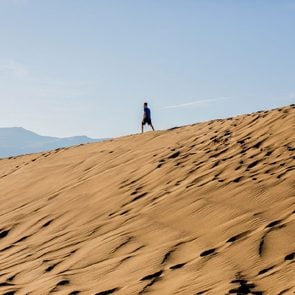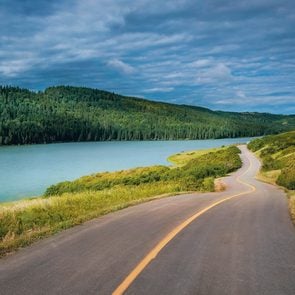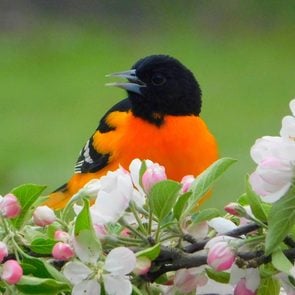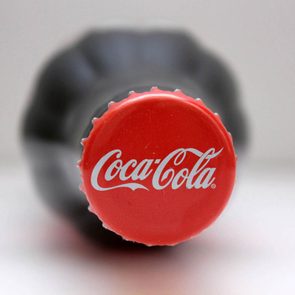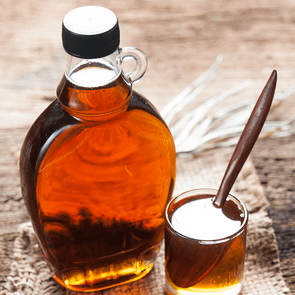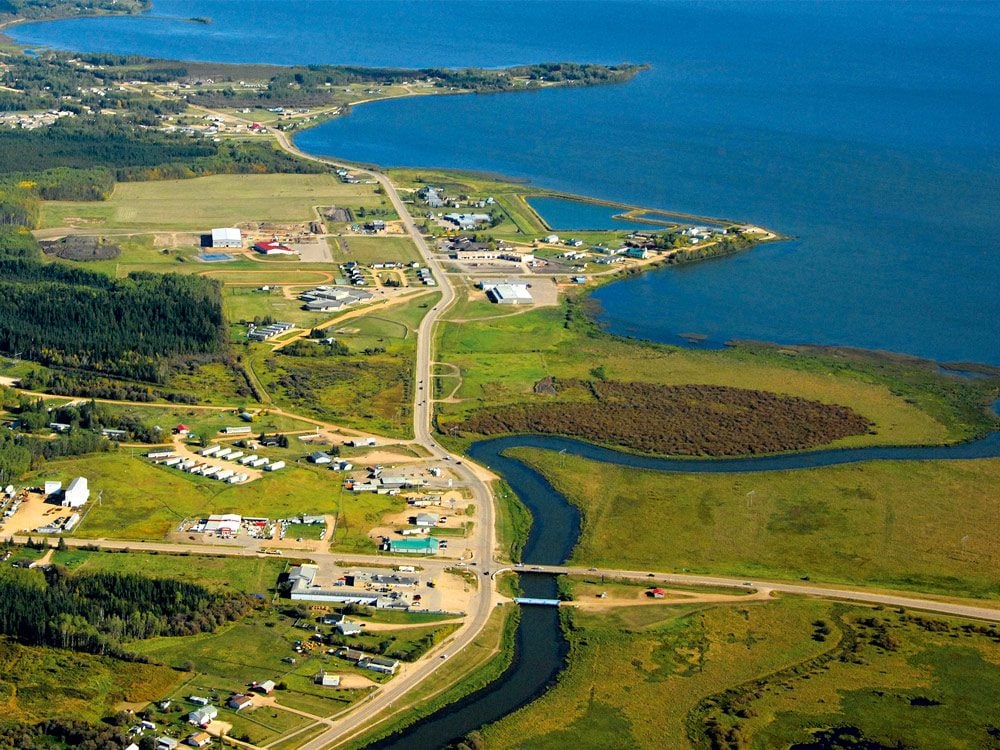
Wonderful Wabasca
When I visited relatives in Wabasca, Alberta, about 40 years ago, I felt an attraction to the place that just wouldn’t go away. It was a wild place with lakes, a river and an expanse of bush just waiting to be explored. A few years later, during a glorious boreal forest fall, I was back, building a log house on a hectare of land on Blueberry Street. I still live on that land. The gravel road is paved, the dark winter nights are now brightened by streetlights and there is a beautiful new golf course about five minutes away, but I still feel the “wildness” as I travel the trails that lead out of my backyard.
When I moved here with my family, oil production was just getting started in the area. The good times brought many changes. Residential land was developed, and families were able to buy property and set up homes. People who had been forced to leave the community to find work came back and new people arrived from all over the country, and all around the world. Soon, we had a hospital, an aquatic centre, a fieldhouse and an indoor hockey rink. New stores opened to give the old Hudson’s Bay store a bit of competition, and hotels and restaurants came along to house and feed the itinerant workers that the oil patch attracted.
The landscape of the town has changed, and large areas of the bush have been impacted by industry, but the lakes are in the same place and the Wabasca River still flows between them. The main road through town parallels the river on the north side for about a kilometre, and there are about 2,500 hectares of wetlands to the south and west. From spring to fall these wetlands are teeming with birds and animals.
Through the summer, this stretch of river is a busy place. There are usually a few people fishing from the bridge or on the bank, or floating in boats and canoes. There is always some type of “natural” action going on. You might see pelicans, cormorants, ospreys, bald eagles, terns and even mink and otters going after fish. Once, I had a mink jump from the riverbank into my canoe to check out the fish that I’d caught. Muskrats, ducks and, occasionally, beavers harvest the vegetation. Coyotes, foxes and birds of prey patrol the area looking for anything that isn’t paying attention.
The speed of the river is usually enough to keep it from freezing completely in winter, unless it gets really cold. Sometimes, a small group of holes develops and, if the otters are around, they appear and disappear through them so fast that you can’t even tell how many animals there are. Every now and then, an otter will pop up with a fish and then lie on the ice to eat it. If the South Wabasca Lake winter kills some of the fish, the eagles and ospreys have a banquet in spring. Dead fish pile up against the ice where the river flows into the North Wabasca Lake and dozens of these fish-eaters squabble over them for days.
Things are somewhat difficult in the Wabasca area right now with the decline in the oil and gas business. Some people are being forced to leave town to find work elsewhere, others are leaving never to come back. While our town is figuring out its future, the birds and animals will always come back to the river and its bounty. I’m going to stick around on Blueberry Street until it’s my time to go, and I’ll keep an eye on the river and all the entertainment that it provides.
Next, check out 10 unforgettable day trips from Edmonton.
Whether you grab BBQ, sour cream and onion, cheddar cheese, or even dill pickle, the man with the moustache on the Pringles container is one of the most recognizable brand mascots in the snack food aisle. But who is he, and what’s his story?
What is the Pringles man called?
The Pringles man is as instantly recognizable as other brand mascots like Chester Cheetah and Tony the Tiger, and like those two, he has an actual name: Julius Pringles. While embodying many looks over the years, Julius Pringles has always sported a recognizable bushy moustache that, if you look closely enough, has always resembled two Pringles chips put together.
Julius Pringles has just been a floating head since 1967 and has had many fans wondering what the rest of his body might look like. Was he long and lean? Or short and stout from eating all those Pringles? Well, last year, Last Week Tonight host John Oliver announced that he would donate $10,000 to Feeding America if they revealed the mysterious body of Julius Pringles. The company posted a video on Twitter of a man in a costume, and Oliver delivered on his promise.
The history of the Pringles man
The history of the Pringles man is murky, but there are a few notable players in his development. The first key contributor is Gene Wolfe, the science fiction writer, who actually helped establish the machine that makes Pringles. Another key player was chemist and food technician Fred Baur, who created the cylinder-shaped can after experimenting with chip storage so they wouldn’t break. And Alexander Liepa, from Montgomery, Ohio, brought the flavour to the chips and is the name that appears on the Pringles patent. So while we don’t know exactly who came up with Julius Pringle, the men behind the product may have been some sort of inspiration.
When Julius Pringle was born, he had a plump black moustache, red eyes, eyebrows, and black hair parted down the middle. The Pringles logo proudly appears inside his bowtie. In 1979, the logo was altered to remove the red eyes and include a small smile. The next change happened in 1986, when the brand removed the apostrophe from “Pringles,” and changed the design of the eyes. The rosy cheeks that Julius sported disappeared in the 1990s. You likely know the 2000s logo best; you can see the “Pringles” logo was dropped from the bowtie and he was given a more stylish red one and floppy brown hair that finally sits on top of his round head instead of in it. If you look closely, you can even see the “i” is dotted with a chip in 2009’s logo.
The most recent logo is naturally the most modern-looking of them all. Drum roll, please!

Pringles’ new logo
Julius Pringle has a crisp new appearance. First of all, let’s talk about the obvious. The man is now bald—sorry, Julius. His moustache is now a solid black and his eyes are a bit beadier as the pupils have been removed. Julius Pringles’ eyebrows are even more expressive and the bowtie looks a bit sharper.
If you were concerned about the taste, have no fear. Pringles still taste exactly the way they always have—and that’s delicious. Now that you can impress your friends will all this knowledge about the Pringles man, check out these hidden messages in iconic corporate logos.
Sources
- Inside Hook: “The Real and True History of Julius Pringles, The Man on the Can”
- Mashed: “Does The Pringles Mascot Have A Name?”
- Mental Floss: “12 Crispy Facts About Pringles”
- Prezi: “Pringles Logo History”
- Food Network: “Mr. Pringles Gets a Glow Up”
